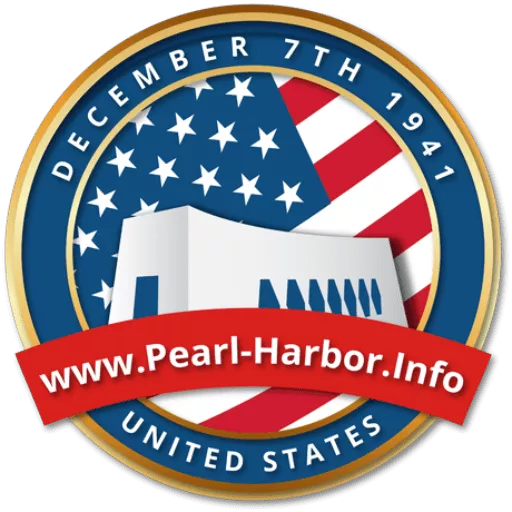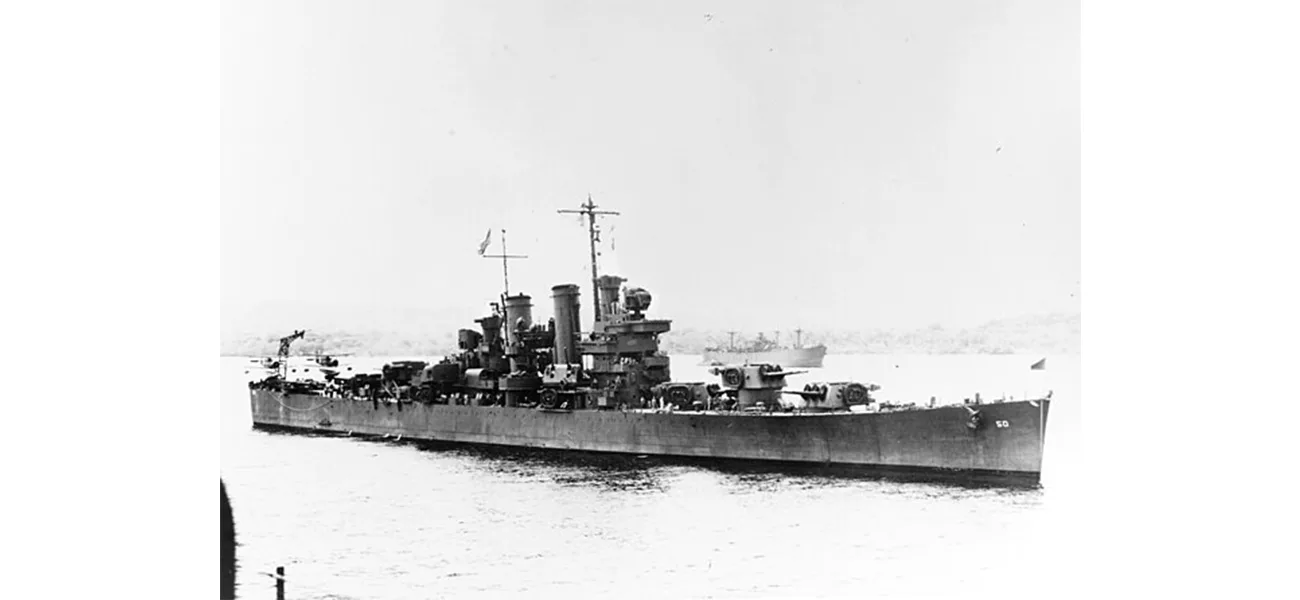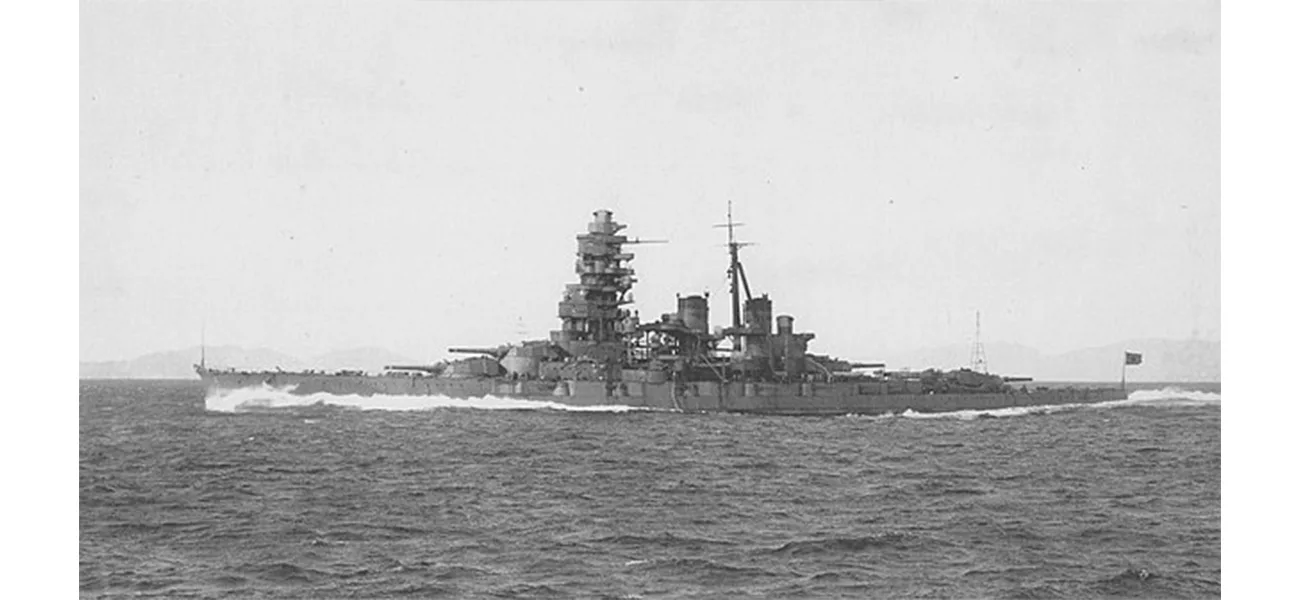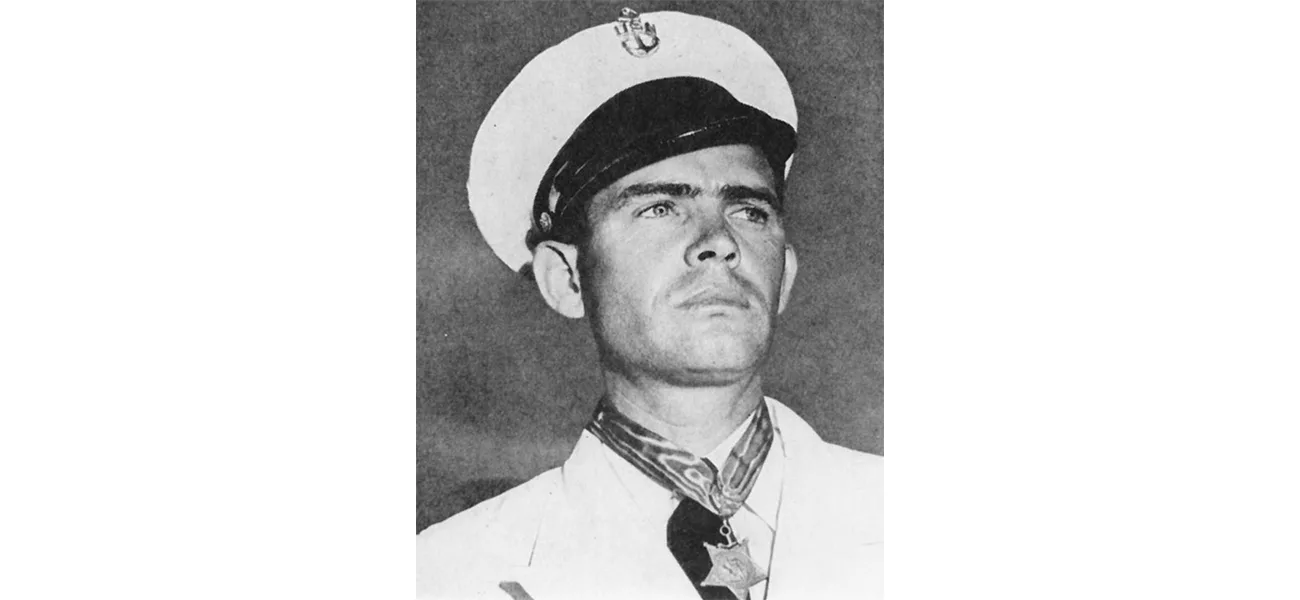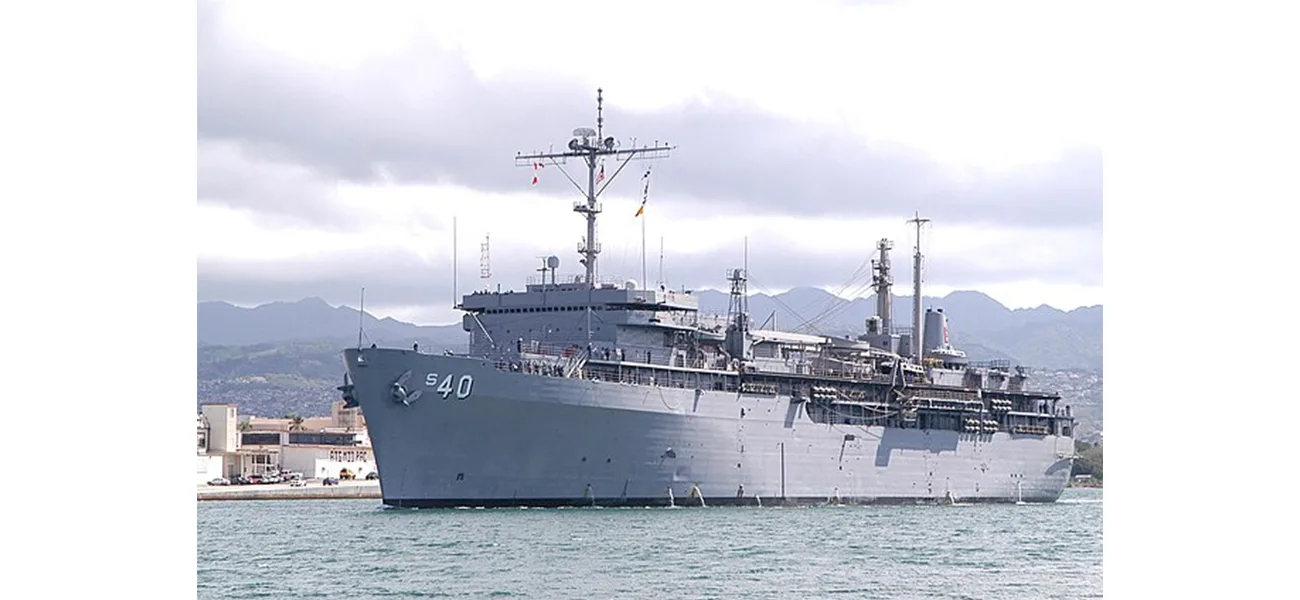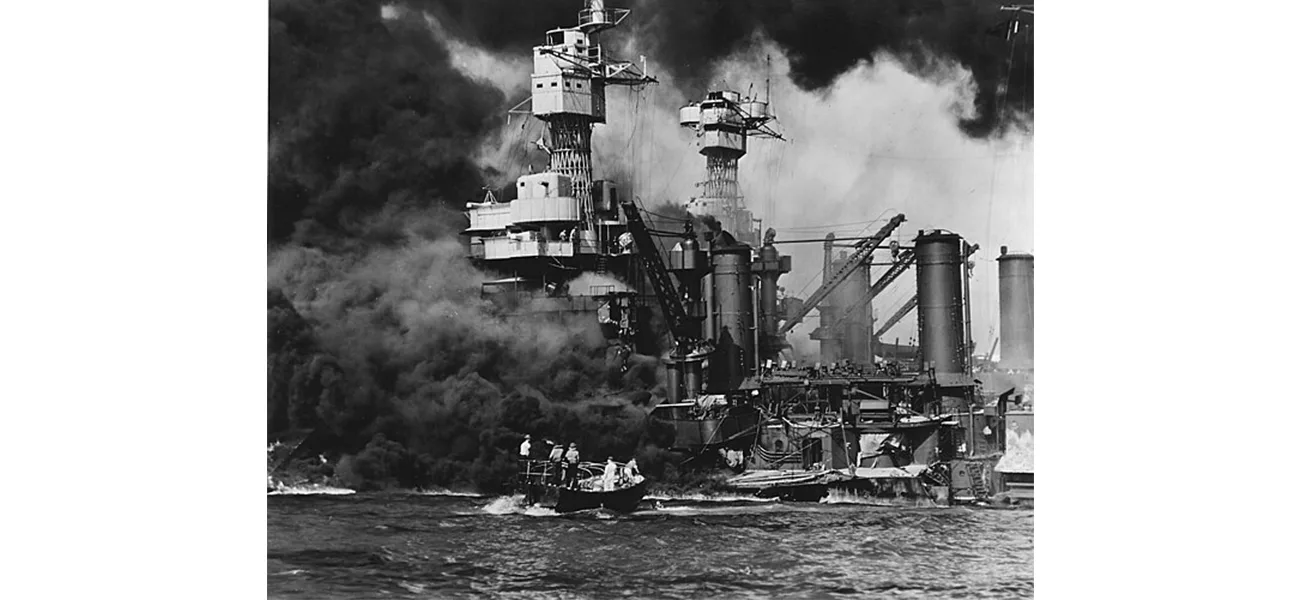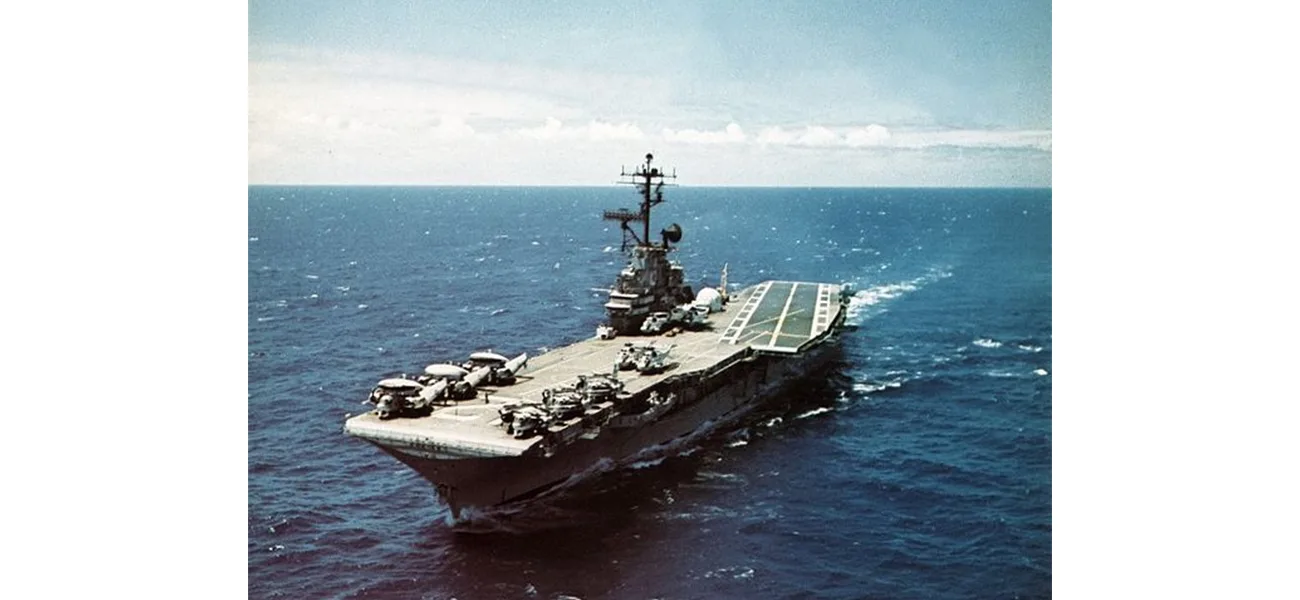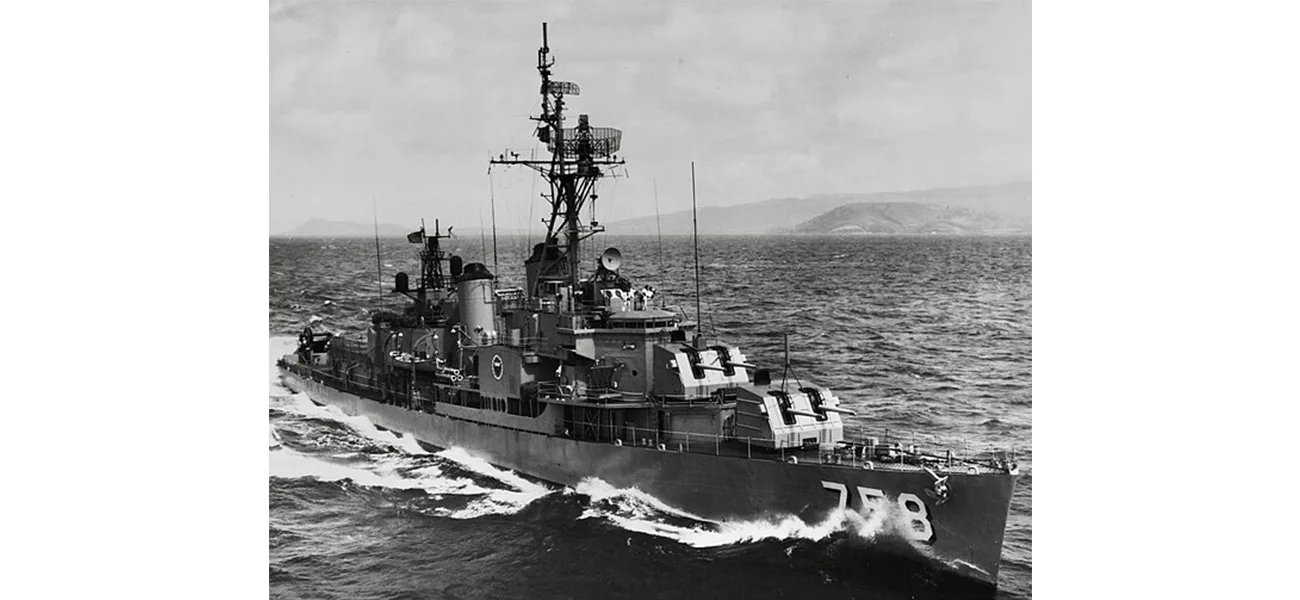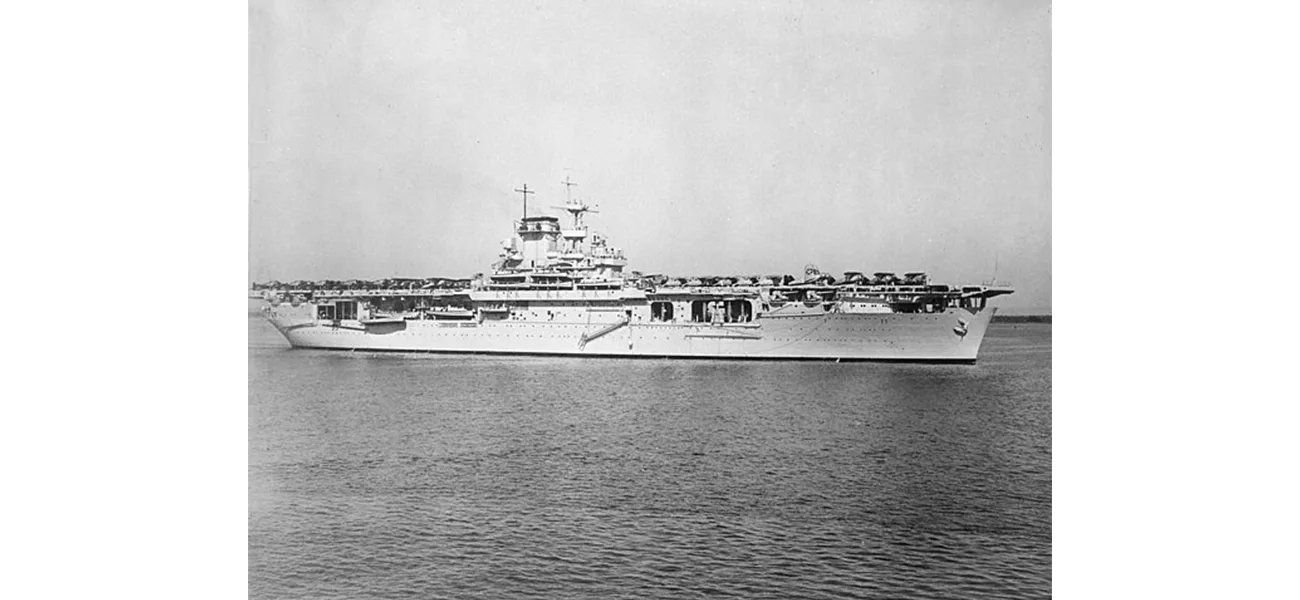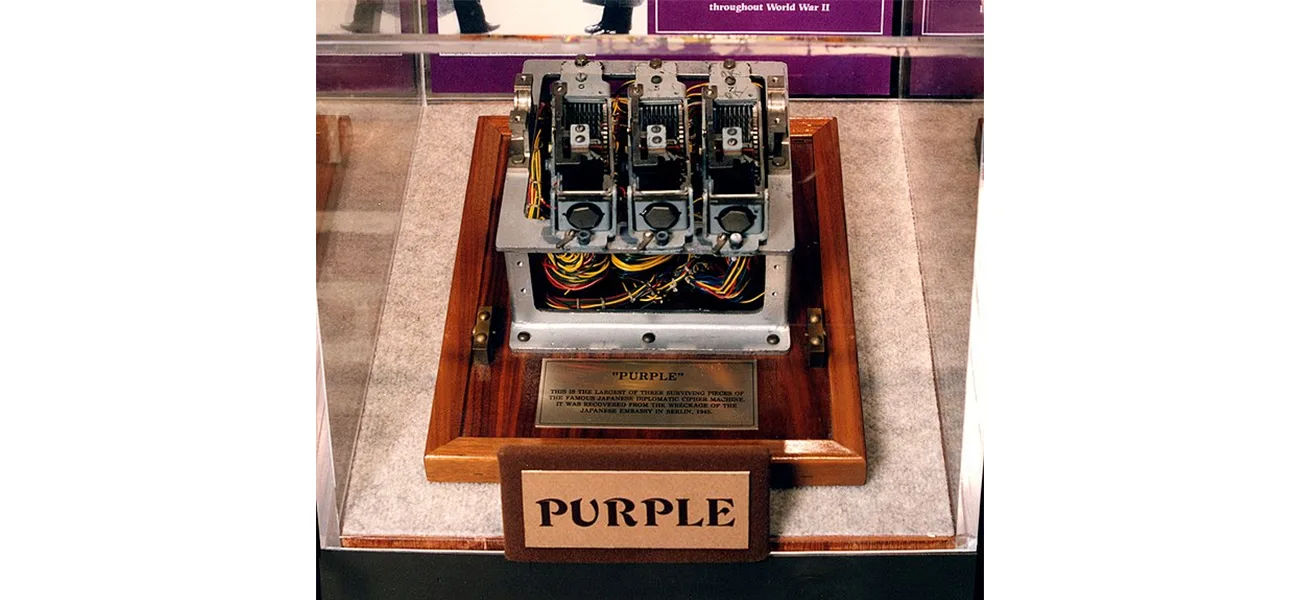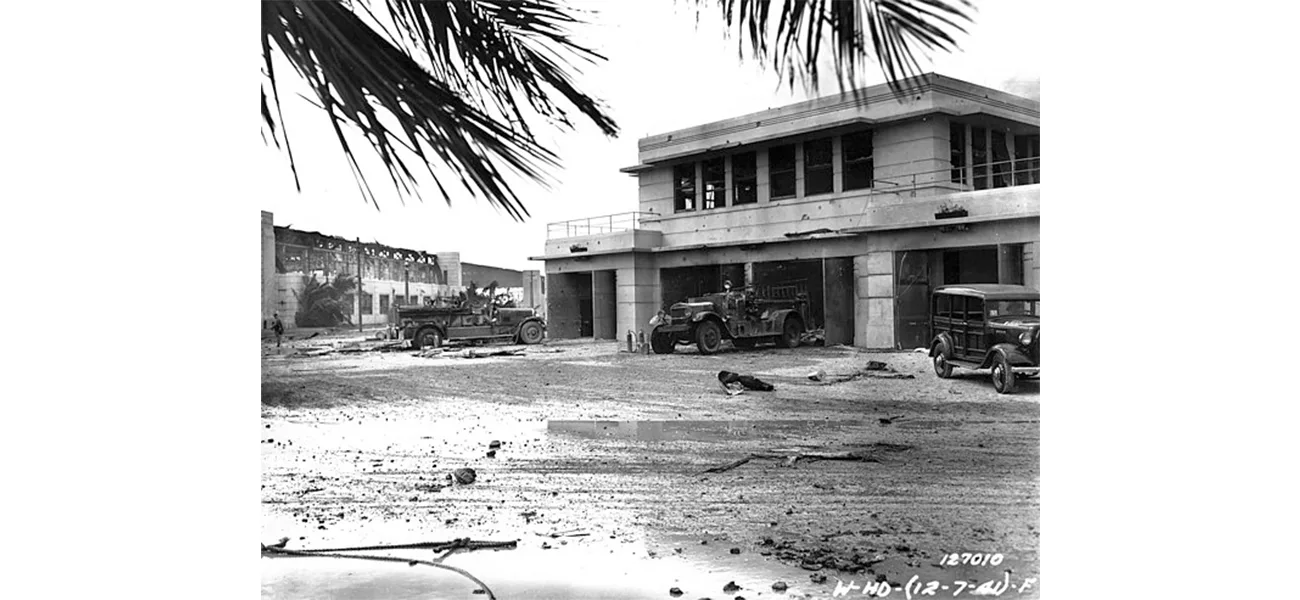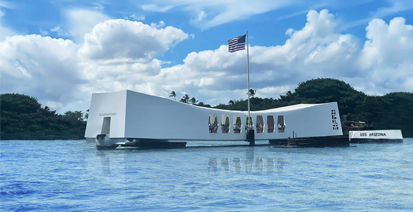Wreckage of USS Helena Located
The Wreckage of USS Helena was discovered on April 11, 2018, by a research team led by Microsoft co-founder Paul Allen. This monumental find marked the third World War II-era shipwreck uncovered by the team that year. Resting 2,821 feet below the surface of the New Georgia Sound in the Solomon Islands, the USS Helena (CL-50) was a St. Louis-class light cruiser commissioned into the US Navy on September 18, 1939. After serving valiantly for nearly four years, she met her tragic end on July 6, 1943, during the Battle of Kula Gulf.
A Pearl Harbor Survivor
The USS Helena’s journey through history began with a baptism by fire. On December 7, 1941, as Japanese forces launched their devastating attack on Pearl Harbor, the Helena was berthed at 1010 Dock, a spot typically reserved for the battleship USS Pennsylvania (BB-38). Unaware that the Pennsylvania was in dry dock elsewhere, Japanese pilots targeted the Helena, believing her to be the battleship. Moments after the call to General Quarters, a torpedo struck Helena’s starboard side, claiming the lives of 34 crew members.
Despite the severe damage, the USS Helena was resilient. By June 1942, she was repaired and ready to rejoin the fight, demonstrating the indomitable spirit of the U.S. Navy during World War II.
USS Helena at War
After her repairs, the USS Helena became a key player in the Guadalcanal Campaign and distinguished herself at the Battle of Cape Esperance. However, her service came to a heartbreaking end on July 6, 1943, during the Battle of Kula Gulf.
In the chaotic aftermath of her sinking, 168 of her 900 men perished. Survivors faced unimaginable challenges, with many spending up to 10 days adrift, awaiting rescue. United States vessels like the USS Gwin (DD-433), USS Nicholas (DD-449), and USS Woodworth (DD-460) risked their own safety to save as many lives as possible. Tragically, not all survived the ordeal, with some succumbing to exhaustion and the harsh elements of the sea.
For her extraordinary service and sacrifices, the USS Helena became the first ship to receive the Navy Unit Commendation. Her legacy is preserved through a memorial in Helena, Montana, where her story continues to inspire generations.
Discovering History Beneath the Waves
The discovery of the USS Helena was made possible by the dedication of Paul Allen’s team aboard the Research Vessel (RV) Petrel. Since 2015, the Petrel has been on a mission to uncover the lost relics of naval history. Originally a platform supply vessel, the ship was repurposed to support deep-sea exploration.
The team’s remarkable finds include the Japanese battleship Musashi, HMS York, USS Indianapolis (CA-35), the Japanese battleship Yamashiro, USS Lexington (CV-2), and USS Juneau (CL-52). Each discovery adds another chapter to the stories of bravery and sacrifice during World War II.
As Robert Kraft, the director of subsea operations for Petrel, said, “We do these missions as testament to the brave souls who served on these ships. Each ship has a story that touches families and friends of those who perished and survived.”
A Legacy of Courage
The story of the USS Helena stands as a powerful reminder of the courage and sacrifice of those who served during World War II. From surviving the attack on Pearl Harbor to her heroic actions in the Pacific Theater, Helena’s legacy endures. Her discovery is more than a historical find; it’s a tribute to the men who gave their lives and those who survived against all odds.
As the RV Petrel continues its mission, we’re reminded of the importance of preserving these stories for future generations. The wreckage of the USS Helena is not just a relic of the past; it is a testament to resilience, bravery, and the enduring human spirit.
